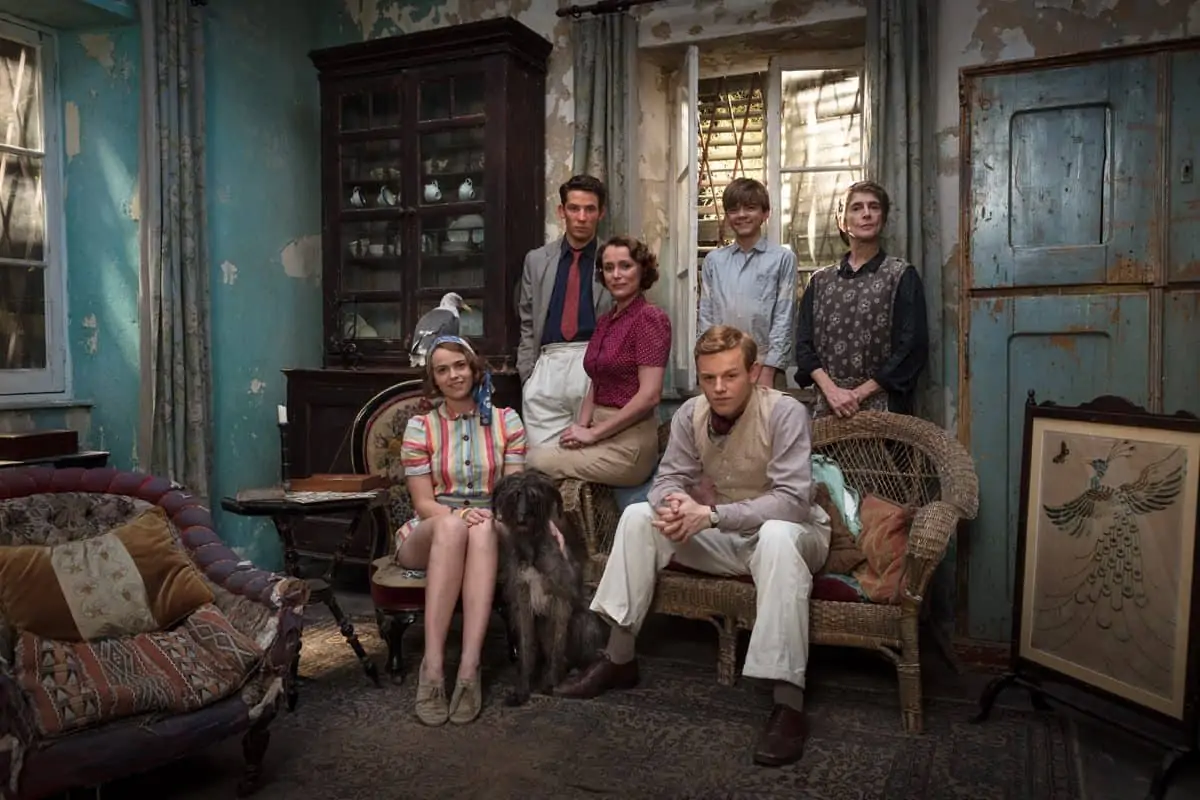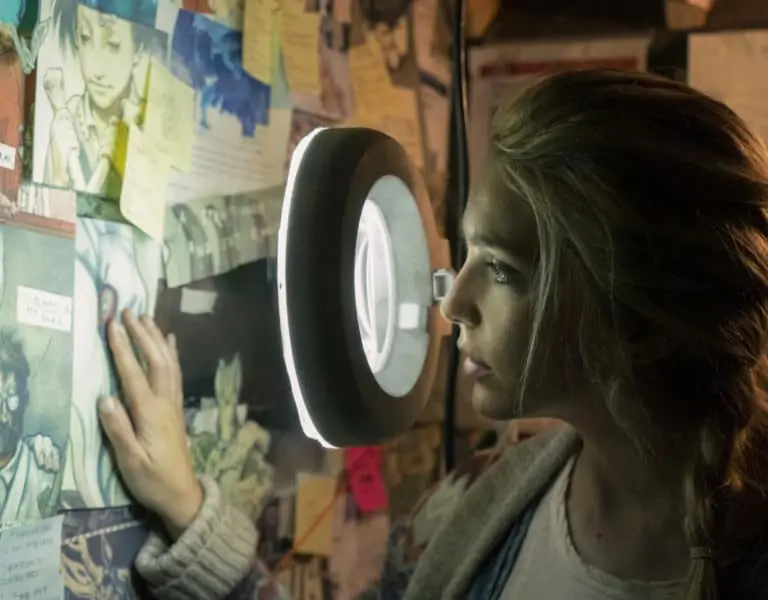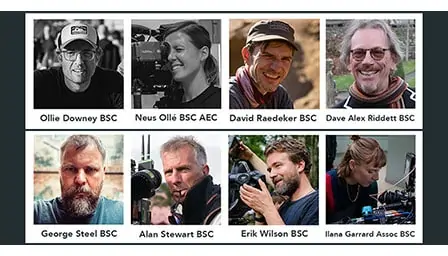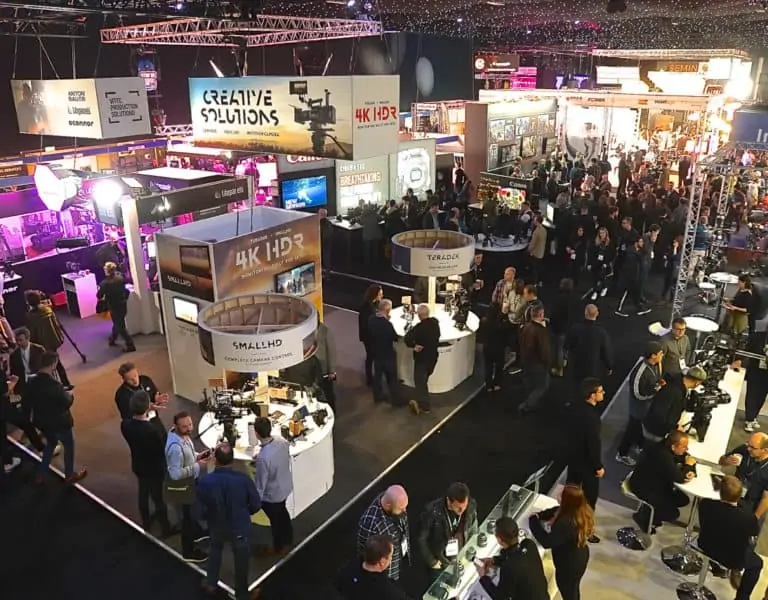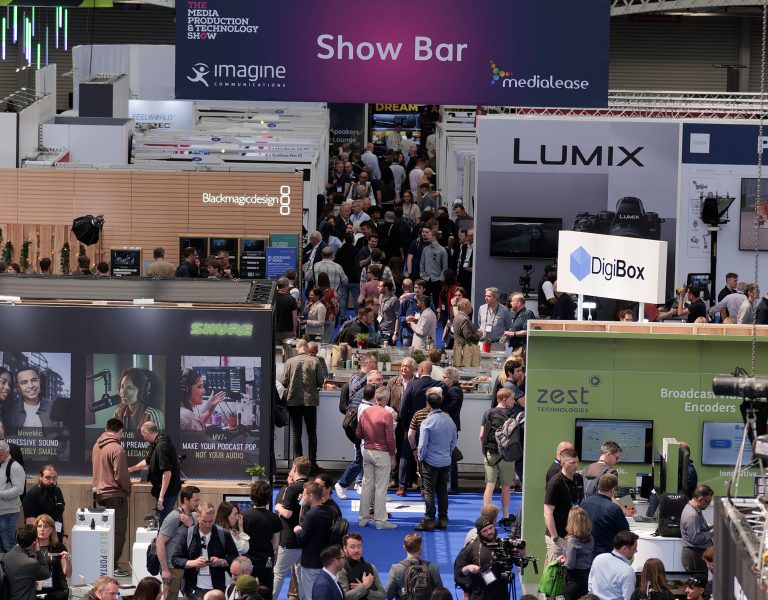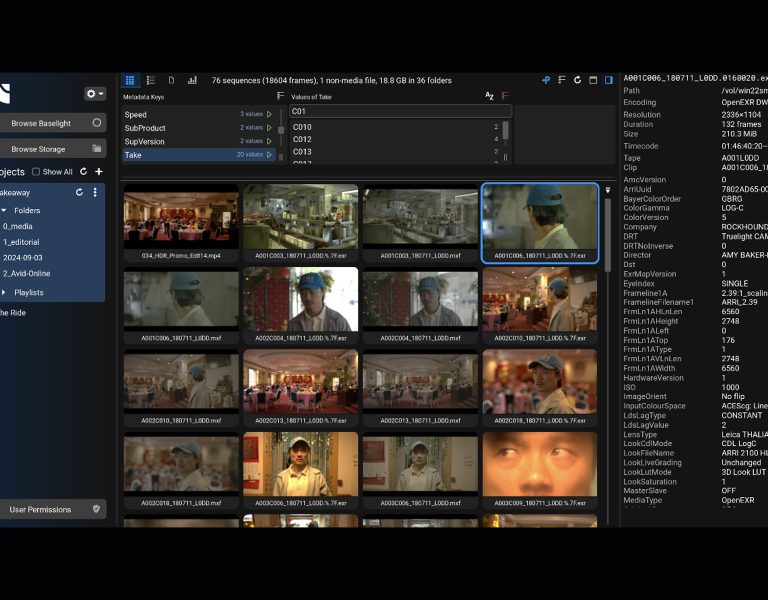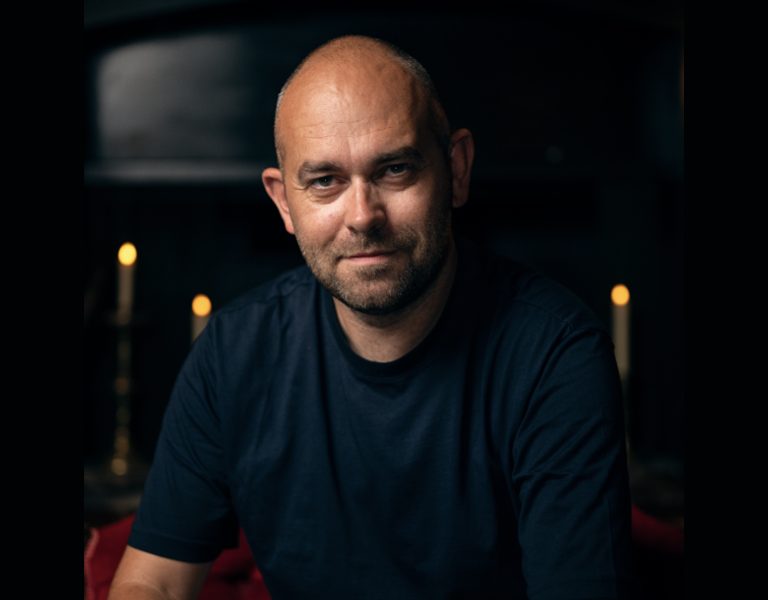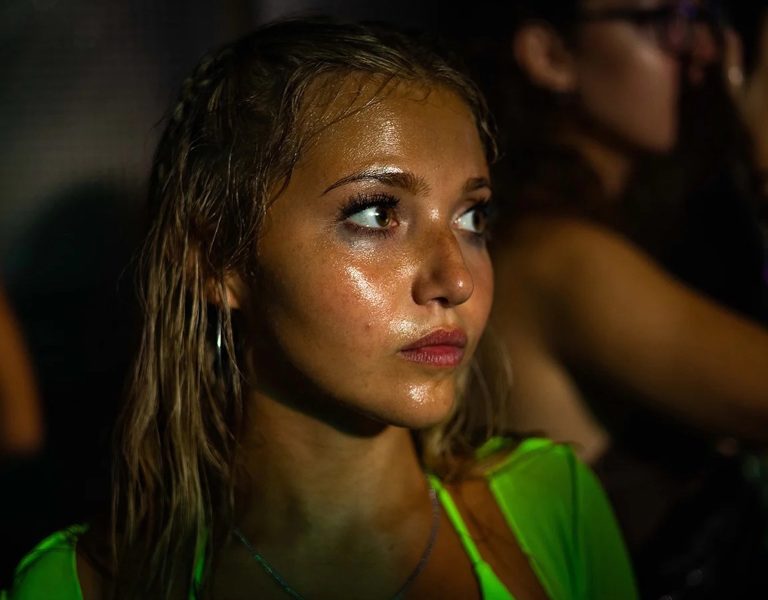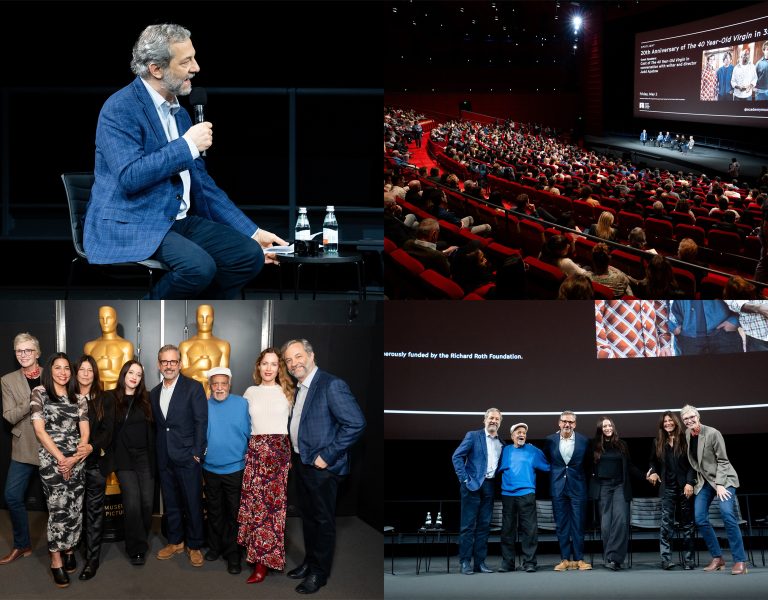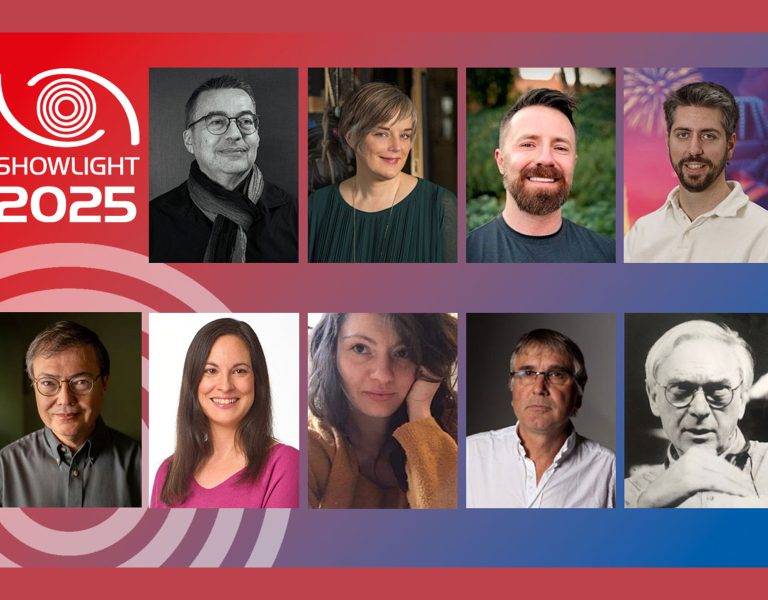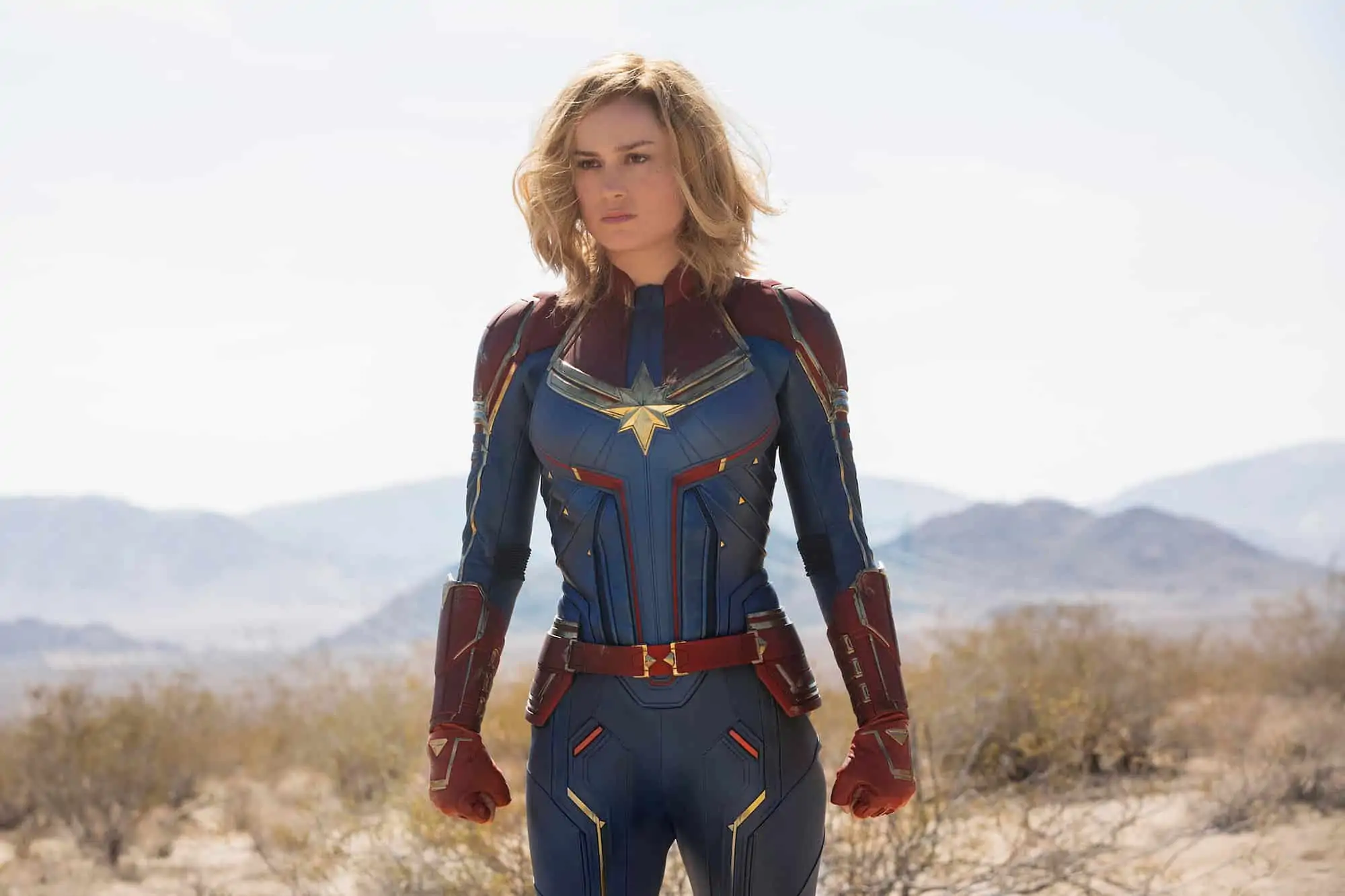
Captain Marvel, the twenty-first instalment in the Marvel Cinematic Universe and the first with a female lead superhero, features action sequences shot using the Blackmagic Micro Cinema Camera.
Co-directed and co-written by Anna Boden and Ryan Fleck, the Disney release is the fourth Marvel film lensed by cinematographer Ben Davis BSC after Guardians Of The Galaxy (2014), Avengers: Age of Ultron (2015) and Doctor Strange (2016).
Set in the mid-1990s, Captain Marvel follows Carol Danvers (Brie Larson), a former US Air Force fighter pilot, as she turns into one of the galaxy’s mightiest heroes. She joins Starforce, an elite military team, before returning home with new questions about her past and identity when the Earth is caught in the centre of an intergalactic conflict between two alien worlds.
“There were two major action sequences in particular in which I planned cameras to be rigged to vehicles, go-karts and aircraft, and I was really searching for that magic combination of size and quality – basically as small as I could get, with the best quality I could find,” Davis explains. “I tested various options and the Blackmagic Micro Cinema Camera was my favourite.”
The Micro Cinema Camera’s Super 16 sensor records RAW internally and comes with a Micro Four Thirds lens mount. “Having a fixed lens size where I couldn’t change the focus or set the exposure wasn’t going to work on this film. I wanted far more control over exposure, and the ability to shoot at a good ASA rating.”
Above all, Davis wanted to cut the footage in with the Alexa 65, the principal camera system used on the movie. “Other cameras of this size offer quite a sharp electronic look, whilst the Blackmagic Micro has a really good dynamic range. I knew from having seen the dailies that the images and colour fidelity to our look would work very well together with the Alexa 65.”
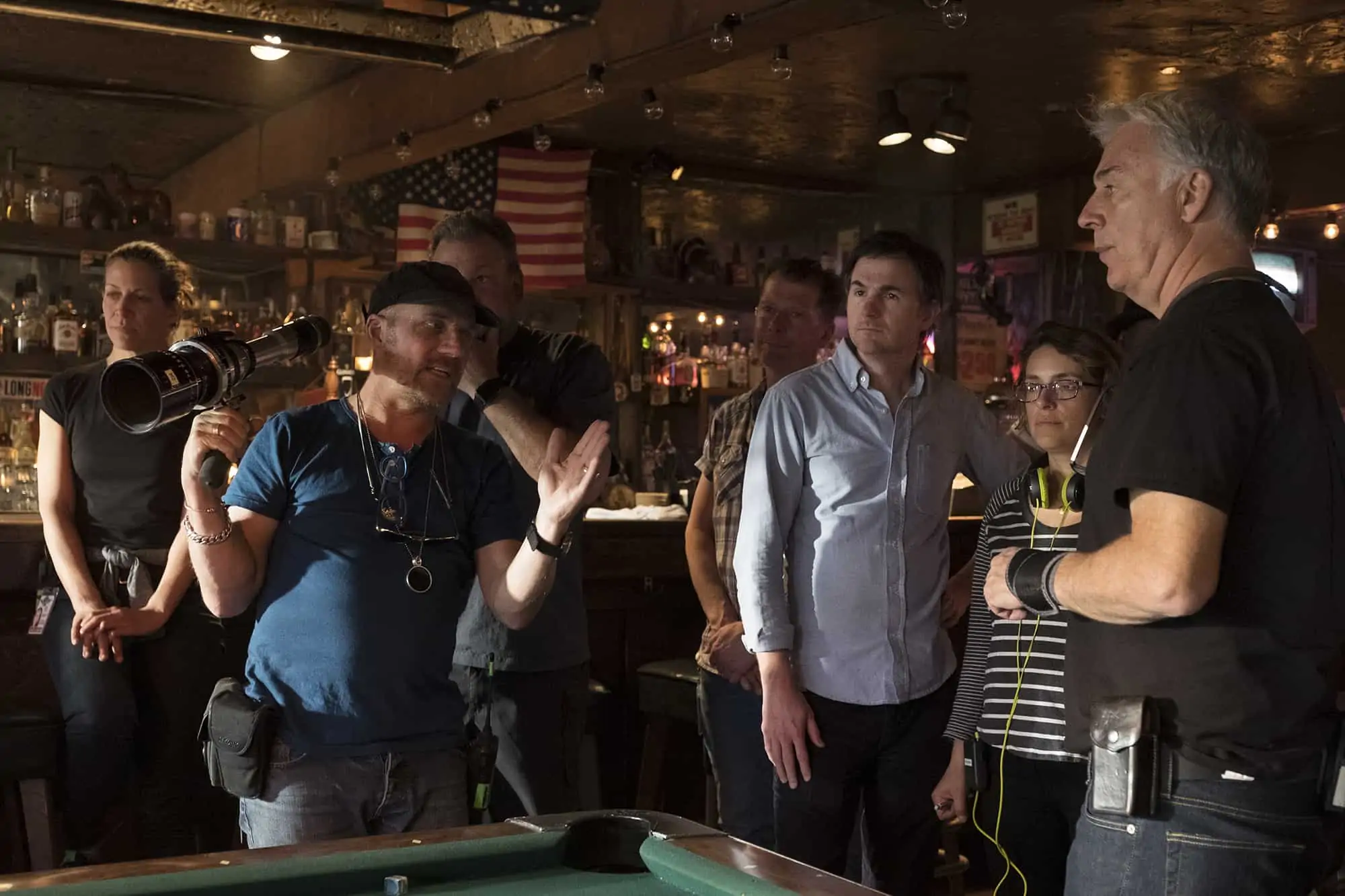
Davis framed for 2.40:1 whilst protecting up to 1.85:1 for IMAX distribution, “at as high a resolution as we could get without blocking-up our post pipeline with data,” he says. He shot in 1080 60p using a small set of off-the-shelf lenses, capturing on-board in RAW 12-bit log to SD cards.
“The mistake I’ve made before when using small action cameras is to put a big lens on them, with a protective cage and a motor to drive focus, a monitor to frame it and a transmitter to transfer the information, because in the end you’ve defeated the very reason you are using it for in the first place,” says Davis.
“So, this time we kept the cameras as small as possible, breaking out the transmitter into a backpack worn by our camera operators, stripping the unit down to one cable. The camera’s expansion port gave us lots of options for creating rigs for remote operation and monitoring. The fact you can record in-camera to data cards also helped keep the camera nice and small.
“We also built cages for the cameras, but in the end made little use of them. The structure of the body is so solid you don’t need to cage it in my opinion.”
Davis deployed up to three cameras, variously clamped into place or mounted on arms on-board the vehicles, with a fixed focus. On one occasion he used a video assist for monitoring, but would usually check footage after the sequence had run, make any adjustments, and reset ready for another take.
“That’s where the camera came into its own,” he remarks. “They’re very quick to rig. We’d often run two or three at the same time, particularly on the sequence involving a go-kart track. We just lined them up, switched on, pressed go and recorded. There’s a lot of vibration and heavy hits on those karts, but there was no corruption of the files at all.”
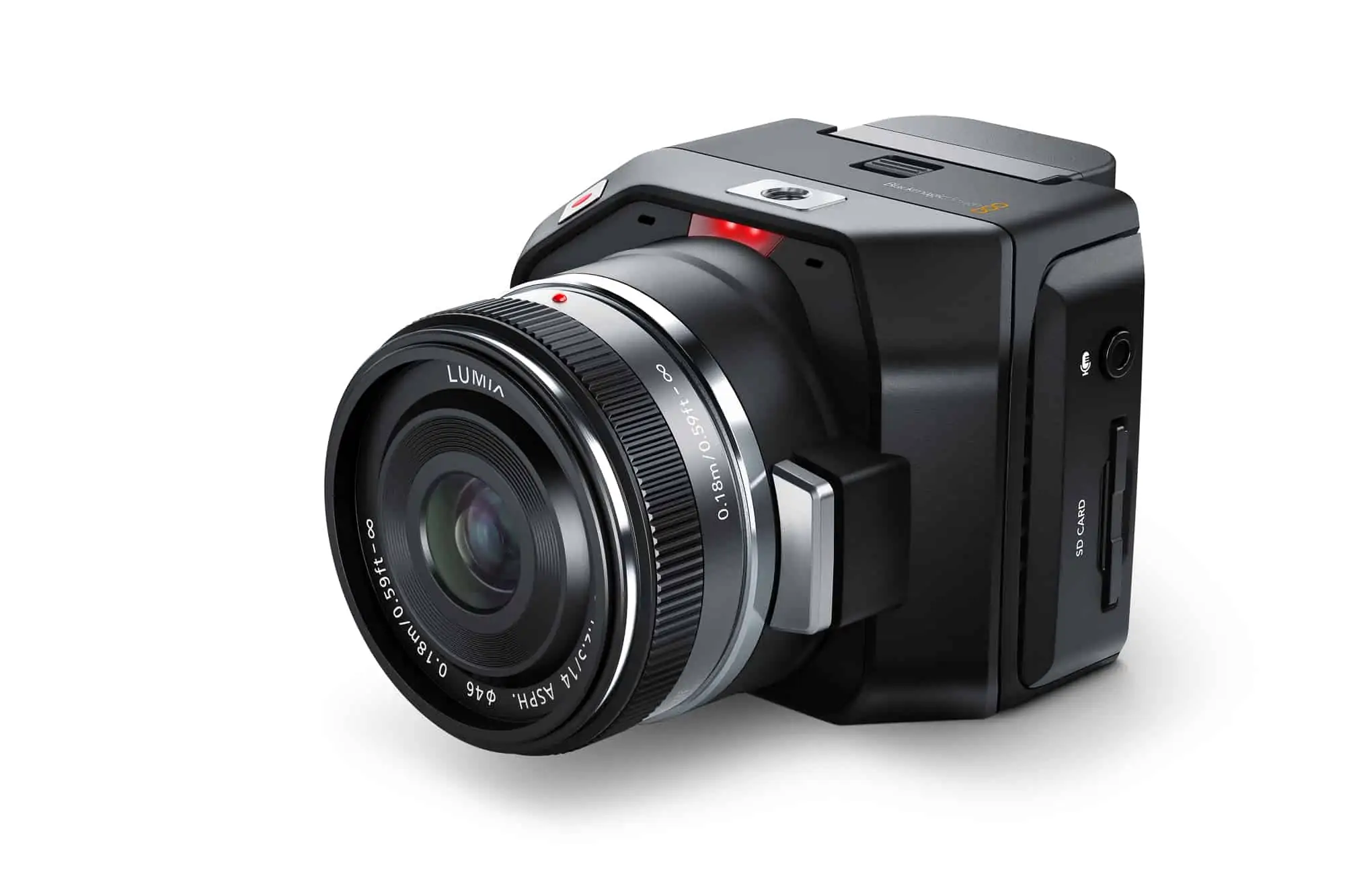
The Blackmagic Micro Cinema Camera was used by Davis and the film’s second unit throughout the shoot, which largely took place on location in LA and Louisiana between March and July 2018.
“We always had our wireless kart ready-to-go and I’d often grab one of the Blackmagic’s to get a particular shot,” he says. “The bar for action sequences has been raised so high that, for these to work, you have to be very versatile with the camera. I want to put the audience in amongst the action, so having a small camera you can rig very quickly is great for that. That’s what I like about action cams like the Blackmagic. They can get you into places you can’t always go with ordinary cameras.”
